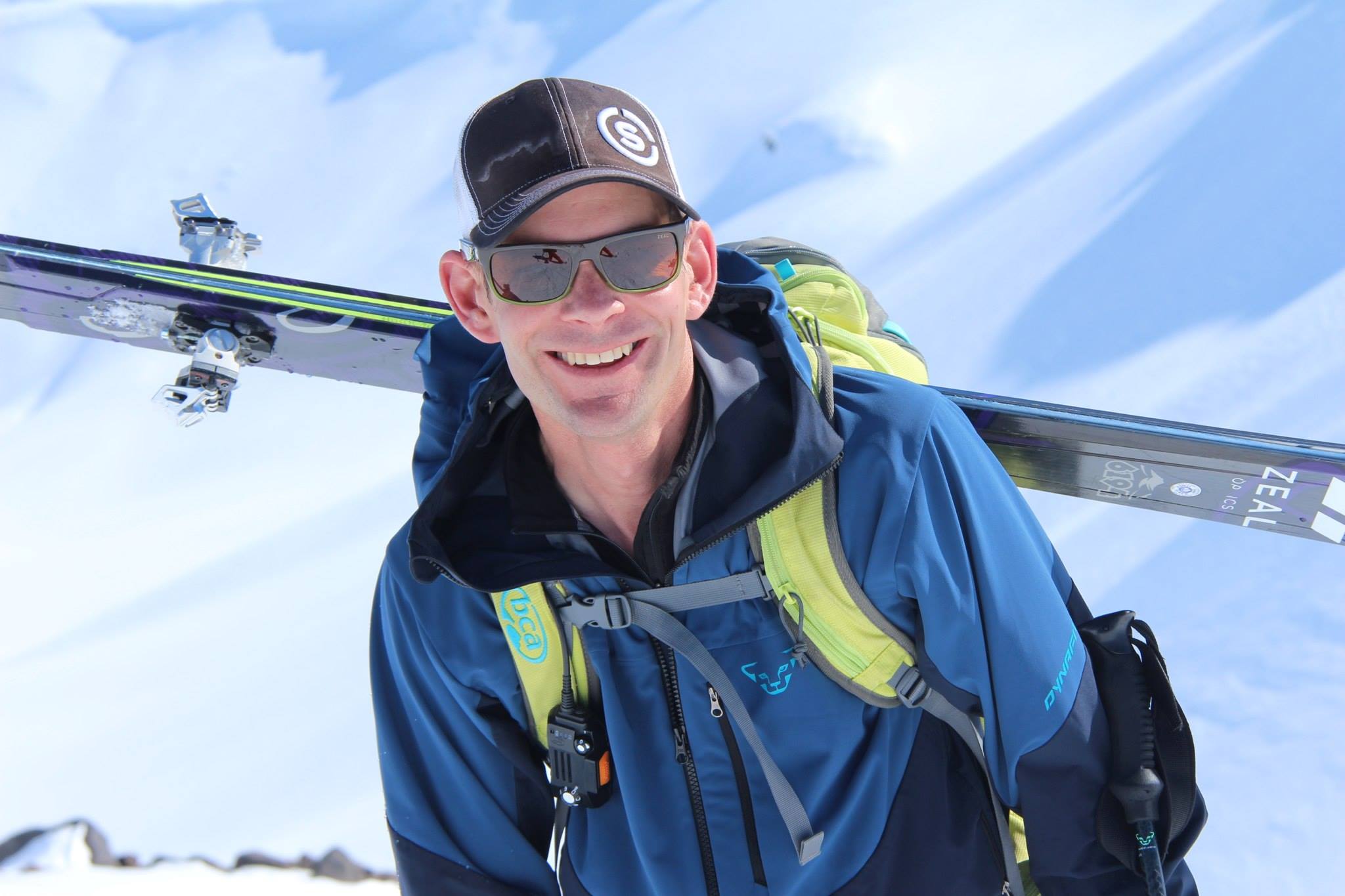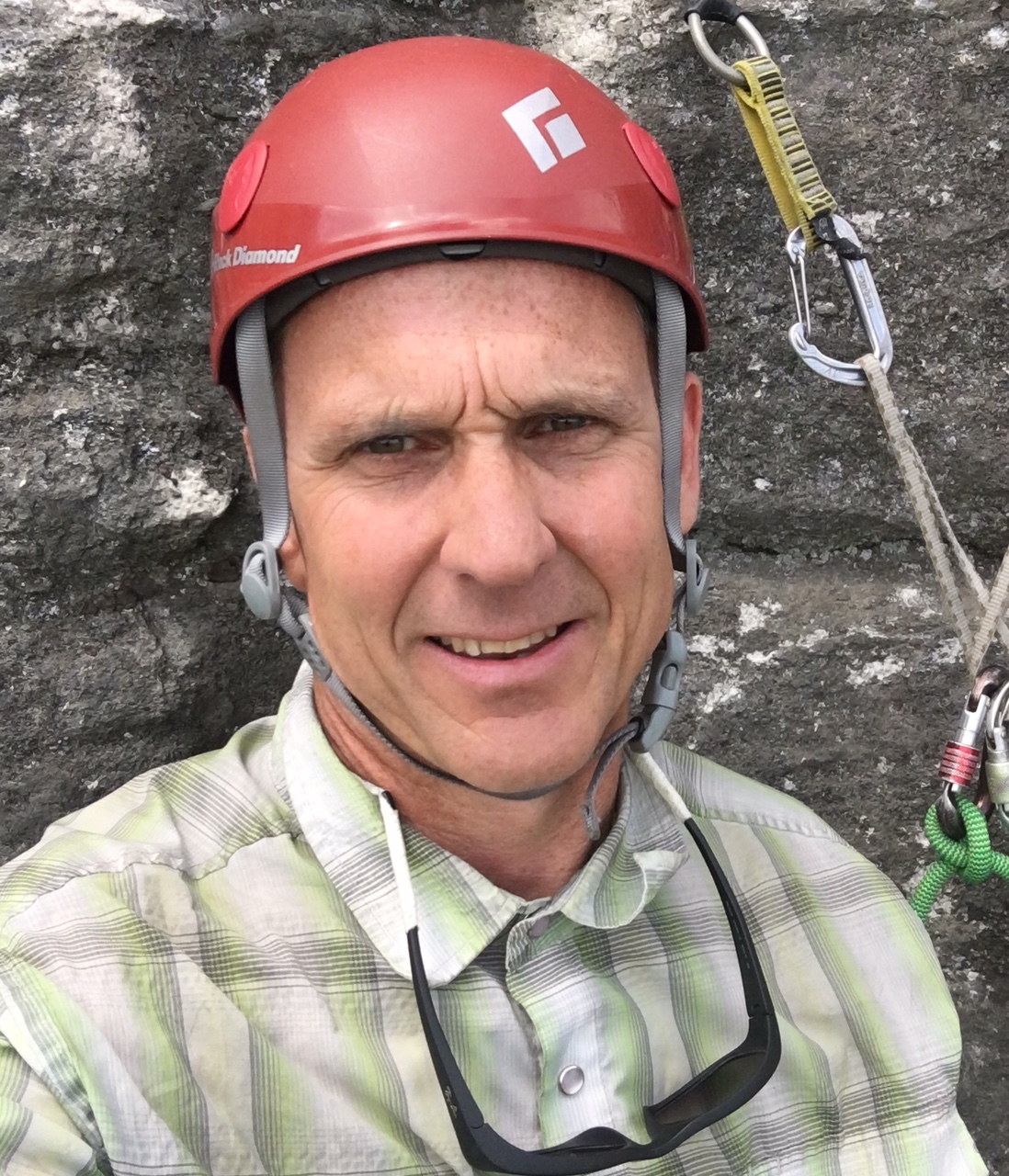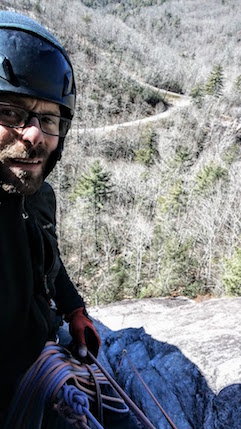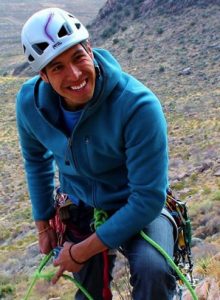Commercial Services: A critical piece in the puzzle
Determination of Extent Necessary for Commercial Services
By Scott Massey, Advocacy Director
Note: We had to cut this version in the GUIDE Bulletin due to space constraints. The full article and references appear here.
How do land managers determine how many commercial service providers, including mountain guides, they allow to operate in designated wilderness? This is a question that I have heard several times while working for the AMGA, so I wanted to describe the process and some of the relevant history, since it informs the future of guiding in our mountain areas, most of which are in wilderness.
The story begins with the Wilderness Act. Section 4(c) of the act describes prohibited uses, including “commercial enterprise,” in the interests of keeping lands pristine—“with the imprint of man’s work substantially unnoticeable.” Section 4(d) makes a few exceptions, stating, “Commercial services may be performed within the wilderness areas… to the extent necessary for activities that are proper for realizing the recreational or other wilderness purposes of the areas”(emphasis added). Since the time of the act, outfitting and guiding of many types have been considered to fall under this exception as acceptable commercial services, and local land managers have used their discretion as to the number and type of permits to offer.
However, the lack of a standardized interpretation of this clause has led to legal challenges. The first defining case was High Sierra Hikers Association v. Blackwell (2004). The High Sierra Hikers sued the Inyo National Forest, alleging that latter was not in compliance with the act because they issued too many commercial pack stock (horses) permits, and thus too many commercial guides operated in the forest to preserve wilderness values. The Ninth Circuit Court found the United States Forest Service had failed to conduct a specialized finding that showed that “commercial services were no more than necessary to achieve the goals of the Act.”[1] (Read a more in-depth summary.)
A second case arrived at a similar conclusion in regards to an excess of commercial stock permits. High Sierra Hikers Association v. U.S. Department of Interior – SEKI (May 2012) (National Park Service, Sequoia-Kings Canyon National Parks) required an analysis must be done, and that the maximum amount of commercial services must be defined.
These cases set key precedents that inform how land-management agencies conduct planning efforts. For example, the National Park Service (NPS) is calling this analysis the Extent Necessary Determination (END), and in most cases it is included as part of a Wilderness Stewardship Plan, the document that frames how each park’s wilderness will be managed for the next several decades.
A large challenge in this analysis process has been developing the standards by which commercial services are analyzed. In 2014, the NPS released its framework for this decision-making process, which includes these key points:
- The activity should be closely analyzed for its effect on wilderness character; the commercial nature of the activity should not be a factor when looking at the effect on character.
- In summary, when analyzing the necessity for commercial services, the visitor experience must be considered. Park managers must address what types of opportunities will be made available to the visitor. Should visitors without specialized skills or equipment be given an opportunity to experience an appropriate activity with a commercial provider? Should visitors be afforded an opportunity for an introductory experience in wilderness with a commercial provider? Should visitors be required to experience certain activities with a commercial provider or guide, in order to achieve specific resource protection measures?
- In order to determine an extent or amount of commercial services, managers should ideally determine the visitor capacity in order to allocate use (commercial and noncommercial alike).
- If use is at or near capacity, use allocations could be redistributed between commercial and noncommercial users, or it could be determined that no commercial service is necessary. Director’s Order 41 states that “…wilderness areas at, or near, visitor capacity may not be able to accommodate any commercial services either at all or during peak capacity periods.” However, if there are compelling reasons for commercial services to support proper activities, noncommercial allocations could be adjusted in order to allow for a necessary amount of commercial-service allocation.
(More info: Reference Manual #41)
As we can see, these are all reasonable thoughts that provide a structured decision-making framework for park managers. So, how is this structure beneficial? And how does it serve the park, the guiding community, and ultimately the public? The existence of a structured decision-making framework sets the common language for discussion. By understanding the considerations that go into decisions affecting guiding, the guiding community can frame its thinking about and communication with land managers to address such considerations.
We are all ultimately working toward the same goal: providing visitor experiences while protecting the wilderness and educating our guests to be better stewards. By speaking a common language with our land managers and by being involved at every opportunity, we can demonstrate that we are one step closer to being effective partners and a resource for the conservation of our amazing public lands.
Finally, does the END mean that guiding opportunities will be reduced? There is no definite answer yet. Certainly, there will be situations in which they will be more limited; however, there may also be cases in which permit opportunities will stay the same or increase. It’s too soon to know. However, one current planning process of note is the SEKI Draft Wilderness Stewardship Plan. The parks’ proposed plan maintains the current level of nonstock guiding opportunities, with the exception of reducing the amount of commercial service days in the Mt. Whitney region by 20 percent. This presents a significant challenge to the public that wishes to access the region with a guide, as well as the guide services that operate in the area. While this may seem like an insurmountable challenge, what we have through this process is an opportunity—an opportunity for all of us to be more involved with our land management, and to show that the mountain-guiding community is a committed voice at the table, and that we are all dedicated to the common goal of conserving our wilderness resource.
[1] High Sierra Hikers Ass’n v. Blackwell (9th Circuit, 2004) 390 F.3d at 647












